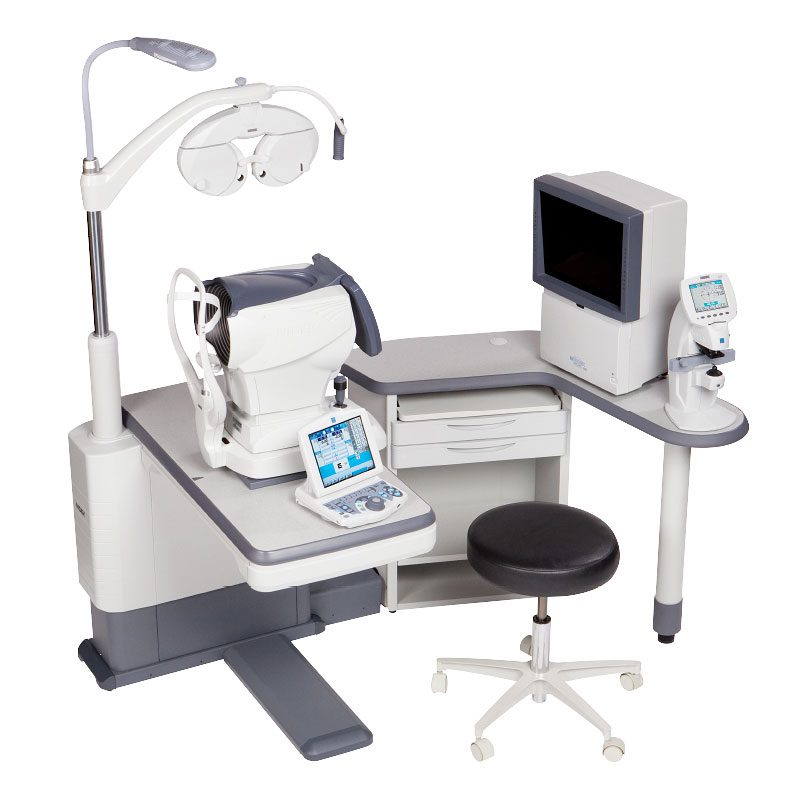Original Article Published in Women in Optometry
–
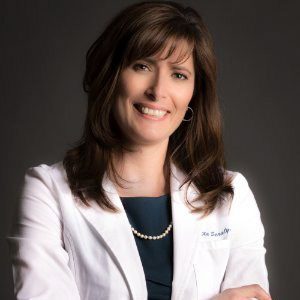 The refraction process has long been the “least favorite part of the exam for Loretta Seraly, OD, of Seraly Eye Care Associates in McMurray, Pennsylvania. After injuring her shoulder in a fall, the process became painful as well as dreary. “I would trade almost anything to not have to do the refraction,” she says, and when she heard that the Marco TRS-6100 automated refraction system could bring efficiencies and physical relief, she purchased one for each of two exam lanes and then added a third later.
The refraction process has long been the “least favorite part of the exam for Loretta Seraly, OD, of Seraly Eye Care Associates in McMurray, Pennsylvania. After injuring her shoulder in a fall, the process became painful as well as dreary. “I would trade almost anything to not have to do the refraction,” she says, and when she heard that the Marco TRS-6100 automated refraction system could bring efficiencies and physical relief, she purchased one for each of two exam lanes and then added a third later.
The shift brought joy to her and her patients. “It’s much more enjoyable, and it’s faster. When she comes into the exam room, the pretest data has been transferred into the electronic medical record and she loves to show patients with a push of a button how the prescription today differs from the one that they’re currently wearing.
“I can choose whether I want to start with the new refraction or the patients’ old glasses. Then I can show them the improvement. It helps us avoid trying to answer that common question: ‘Do I need new glasses?’”
Dr. Seraly calls herself a low-key salesperson. “I’m not pushy, but we do have to sell ourselves. This feature lets patients determine if the 0.25D change is worth their time, money or energy. But I will always remind them that we have stylish frames, and a second pair or backup pair is a great option, too,” she says. Having no lag time between the before-and-after comparison does encourage many patients to opt for new eyewear.
REFRACTIONS IN THREE MINUTES OR LESS
Patients don’t like the traditional refraction process any more than she does. They worry about giving the wrong answer that might saddle them with eyeglasses that don’t work well for them. But the addition of this technology has improved her whole practice flow.
“Our goal is to provide the best patient experience – and that means efficiency. We aim to have patients greeted and through pretesting within 15 minutes of their arrival,” she says. This includes autorefraction, topography when called for, an optomap image and an OCT. Then the refraction and anterior segment evaluation and other elements of a comprehensive exam is another 15 minutes. She’ll instill dilating drops if needed.
She also likes the split prism function of the TRS-6100, which allows her to check astigmatism and show the patient simultaneous comparisons so that they can look at the right and left images and tell her which one is clear. It’s helpful in fine-tuning the prescription.
Most patients are done with the evaluation within 25 to 30 minutes of their arrival. “If doctors do not get the exam elements done in that time, patients are fatigued, and sales go down.”
More importantly, patients feel respected when the practice staff make their experience efficient. “It’s not about making money; it’s about serving the patient. They feel heard and appreciate our acknowledgement that their time is valuable.”
Dr. Seraly alerts opticians when she’s finishing the refraction. “By the time I’m done with the anterior segment exam, the optician will be in the room, and I can relay precisely what my recommendation are. I might say, ‘The patient has a high degree of near sightedness, so we discussed high-index lenses,’ for example. Introducing the patient to the optician and sharing a little information about them increases their satisfaction,” she says. The opticians will escort any patients who are dilated during this time back to the exam room after selecting eyewear. “Almost every patient is in and out of the office within 45 minutes to an hour. That drive sales and patient satisfaction.”
A LITTLE DISTANCE
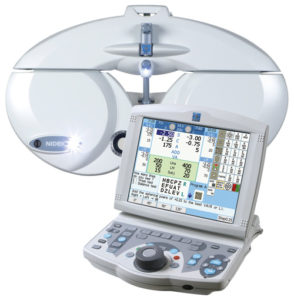
Dr. Seraly purchased her first two Marco TRS-6100 systems in December 2019, with no real inkling of an upcoming pandemic. “When March 2020 rolled around, I realized that I was able to leave the room and conduct the refraction. I placed the controller outside the door, so I could step into the hallway and tell the patient he or she could pull down their mask for this part of the exam,” she says.
In fact, she still does it this way for a few reasons. First, it gives her the opportunity to stand up for a few moments. But more importantly, the practice is mask-optional and there are patients who prefer to wear masks. “They appreciate that I’ll step away and they can pull down their mask more comfortably. It also avoids fogging the equipment, which can add time to the process.”
At this point, Dr. Seraly conducts the refraction process still. “I’ve cut the most disliked part of my day down to nearly half of what it used to be,” she says. She has also gained so much confidence in the system that if she choses to delegate that process to a technician, she says that would add even more efficiency because she would simply review the findings.
Cambodia-Bound
Dr. Loretta Seraly will be heading to Cambodia this winter, joining a mission group, facilitated through the international Red Cross and founded to distribute wheelchairs to people in Vietnam and Cambodia. This will be her second trip with this group, having gone to Vietnam in 2019. “It’s such a cool thing to be able to experience this kind of mission trip and explore the world,” she says. She’s the only OD, but the group sees about 500 patients during the days she is there. She’ll be traveling with new eyeglasses that she acquired from donations of discontinued lines. “I bought 500 sunglasses, and we have single vision lenses from +4.00D to -6.00D with us. To see someone’s eyes literally open wide when they can see the world around them is so gratifying.”
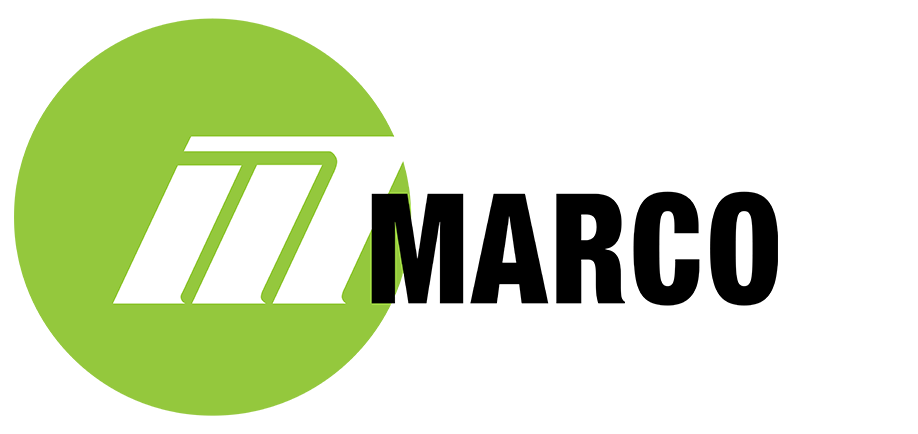

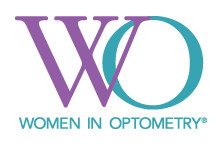

 Rachel Tellez, OD, has been with Vision Source® since she started her career as an associate OD at one of the very first Vision Source practices in the San Antonio, Texas, area in 1990. Once she became a part of the Vision Source community, she says, it stuck with her, so when she opened her own location in 2003, she took advantage of all the benefits of membership for her new startup practice.
Rachel Tellez, OD, has been with Vision Source® since she started her career as an associate OD at one of the very first Vision Source practices in the San Antonio, Texas, area in 1990. Once she became a part of the Vision Source community, she says, it stuck with her, so when she opened her own location in 2003, she took advantage of all the benefits of membership for her new startup practice.
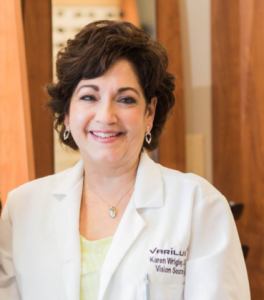 Karen Wrigley, OD, with two practices, Wrigley Eye Associates and Visual Eyes, in the Philadelphia, Pennsylvania, area, has always tried to keep her practices updated with the latest technology. Yet when she brought in new exam lane equipment from Marco recently, she was impressed by not only how it sped up the refraction and exam process but also by how much patients are enjoying the experience.
Karen Wrigley, OD, with two practices, Wrigley Eye Associates and Visual Eyes, in the Philadelphia, Pennsylvania, area, has always tried to keep her practices updated with the latest technology. Yet when she brought in new exam lane equipment from Marco recently, she was impressed by not only how it sped up the refraction and exam process but also by how much patients are enjoying the experience.
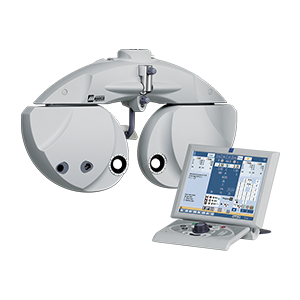 Dr. Wrigley has seen a positive return on investment and the intangible benefit of happier customers with the Marco systems. “Our vision statement at the practice is helping patients see well and look great. The new technology has helped us achieve this,” Dr. Wrigley says. “My goal is to always keep up and push forward.” She says her patients have even noticed the office updates. Those who have jumped to another practice for their eye care often come back to her because “they know we keep up with the latest and greatest in the industry,” she says. “It is so nice that they see what I’m trying to provide for them.”
Dr. Wrigley has seen a positive return on investment and the intangible benefit of happier customers with the Marco systems. “Our vision statement at the practice is helping patients see well and look great. The new technology has helped us achieve this,” Dr. Wrigley says. “My goal is to always keep up and push forward.” She says her patients have even noticed the office updates. Those who have jumped to another practice for their eye care often come back to her because “they know we keep up with the latest and greatest in the industry,” she says. “It is so nice that they see what I’m trying to provide for them.”
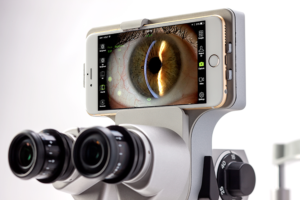 Best of all, she can conduct her exam with just as much personal attention – but at a great distance with the TRS and iON. “I’m able to sit further away than I could during earlier slit lamp examinations. Plus, it’s great for patient education,” she says. She can share the images with the patient and explain what she’s looking at, whether that’s blepharitis, dry eye, nevi or lid lesions. “It’s so much easier for the patient to understand what we can see when they look at the image. It helps show the value of what we do, especially when we can use the first day’s measures as a baseline and then show them the effectiveness of the treatment.”
Best of all, she can conduct her exam with just as much personal attention – but at a great distance with the TRS and iON. “I’m able to sit further away than I could during earlier slit lamp examinations. Plus, it’s great for patient education,” she says. She can share the images with the patient and explain what she’s looking at, whether that’s blepharitis, dry eye, nevi or lid lesions. “It’s so much easier for the patient to understand what we can see when they look at the image. It helps show the value of what we do, especially when we can use the first day’s measures as a baseline and then show them the effectiveness of the treatment.”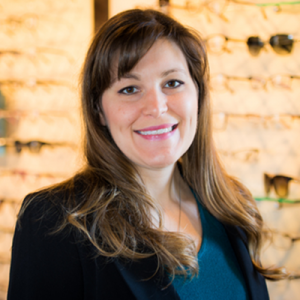
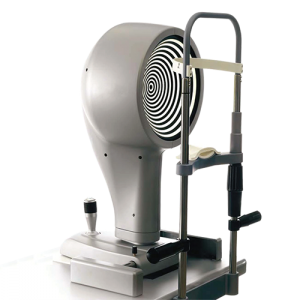
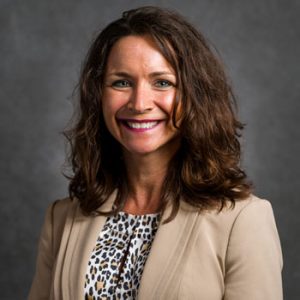
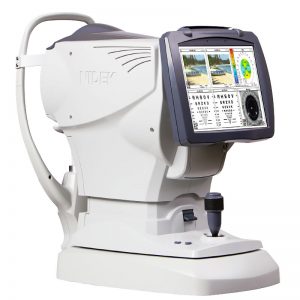 Adding the
Adding the 
 Dora Sudarsky, OD, had been considering the right time to equip a second exam room at her practice, Chroma Optics, in Burlington, Vermont. Her son will be graduating from optometry school in May 2021 and will join her in the office, so she knew the change was on the horizon. “I knew I needed to add another lane, and with COVID, I decided now was the time to do it,” Dr. Sudarsky says. She added a second
Dora Sudarsky, OD, had been considering the right time to equip a second exam room at her practice, Chroma Optics, in Burlington, Vermont. Her son will be graduating from optometry school in May 2021 and will join her in the office, so she knew the change was on the horizon. “I knew I needed to add another lane, and with COVID, I decided now was the time to do it,” Dr. Sudarsky says. She added a second 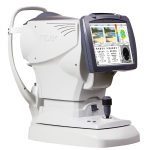
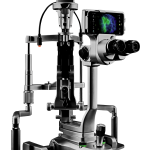 The new ION Slit lamp in her exam room has become a great patient education tool in just a few months. “I can take pictures, put them on my computer screen and share with the patients.” Dr. Sudarsky was recently recommending a switch to wear daily disposable contact lenses to a patient. “I was trying to convince her, and with the picture, I could show her that her current contact lenses were dirty, even when she said they were clean. A picture is worth a thousand words.”
The new ION Slit lamp in her exam room has become a great patient education tool in just a few months. “I can take pictures, put them on my computer screen and share with the patients.” Dr. Sudarsky was recently recommending a switch to wear daily disposable contact lenses to a patient. “I was trying to convince her, and with the picture, I could show her that her current contact lenses were dirty, even when she said they were clean. A picture is worth a thousand words.”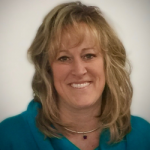 When Patricia Haller, OD, added Marco technology to her Chillicothe, Ohio, practice in 2015, physical distancing was not even a thought. But when she closed her office to routine care for four weeks during the stay-home orders in the state, she realized how this same technology allowed her to see emergency and urgent cases and still maintain some distance. Dr. Haller’s practice reopened at a lighter schedule to routine eye care in early May. She discovered that Marco was a “hidden gem” in the post-COVID era.
When Patricia Haller, OD, added Marco technology to her Chillicothe, Ohio, practice in 2015, physical distancing was not even a thought. But when she closed her office to routine care for four weeks during the stay-home orders in the state, she realized how this same technology allowed her to see emergency and urgent cases and still maintain some distance. Dr. Haller’s practice reopened at a lighter schedule to routine eye care in early May. She discovered that Marco was a “hidden gem” in the post-COVID era. With the tabletop controller for her
With the tabletop controller for her 